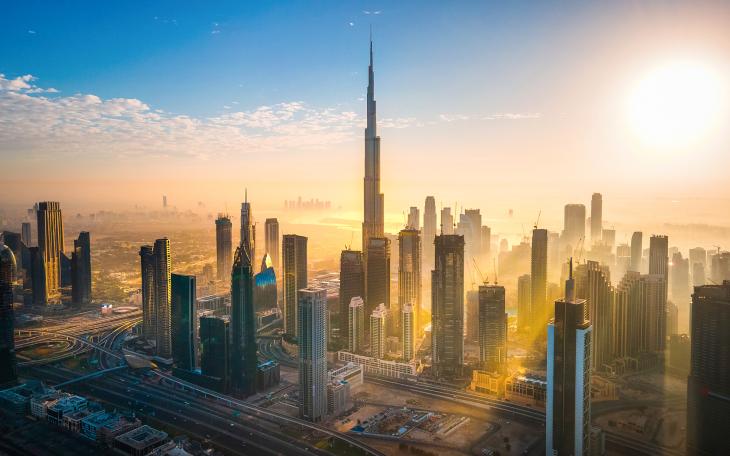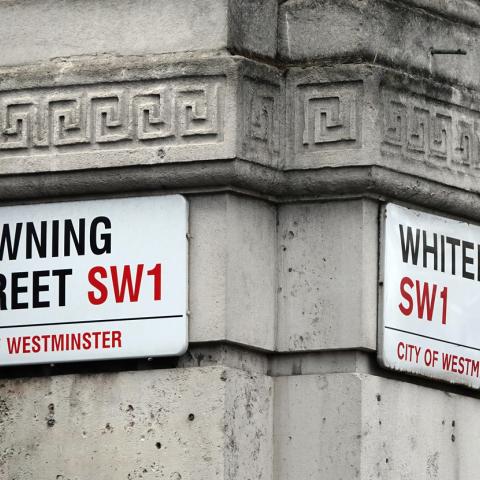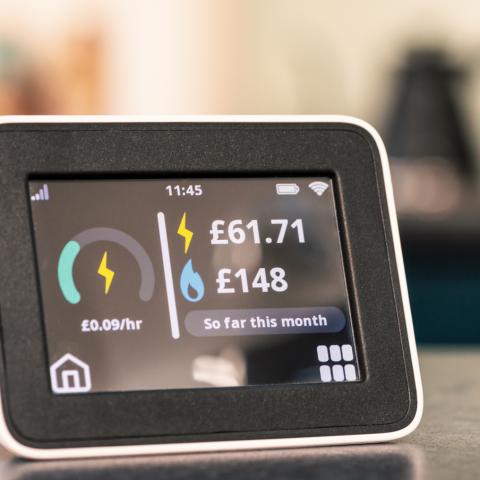Spotlight on the built environment at COP28

The built environment accounts for almost 40% of global energy-related carbon emissions and 50% of all extracted materials. If the cement industry were a country, it would be the third largest emitter in the world, behind China and the US. The challenge to decarbonise is gargantuan.
Led by the World Green Building Council (WGBC), best practice in the industry is to achieve net zero by 2030, but size matters and for the bigger players - asset managers with huge portfolios – 2040 or 2050 is the aim, with reductions gathering pace over the coming decade.
Setting a target is one thing but delivering on it is something else and property has a dual challenge: tackling both operational carbon (around three quarters of its emissions) and embodied carbon (the remaining quarter, or so).
For every shiny new net zero office building in operation, there are many more existing offices, aging and inefficient, that will need deep rehabilitation to improve their sustainability performance. Not to mention our housing stock - a bigger problem still. By some estimates, 80% of the buildings that will be in use in 2050 have already been built.
The challenge is huge but so is the opportunity. WGBC estimates that decarbonising the built environment amounts to an investment opportunity worth $24.7 trillion across the globe by 2030.
Since 2021, WGBC has established the #BuildingtoCOP coalition, which brings together sustainability-focused built environment NGOs and organisations, alongside the UN High Level Climate Champions, to position the built environment as a critical sector for a resilient and zero emissions future at COP conferences.
In the lead up to the COP28, the WGBC is calling on businesses, organisations, cities, states and regions to step up their ambitions and take action by signing up to the Net Zero Carbon Buildings Commitment, which is focused on reducing operational and embodied carbon emissions across the whole life cycle of a building. To date WGBC has signed up 142 businesses and organisations, 29 cities and six countries to the Net Zero Carbon Buildings Commitment.
Much of the focus of activity at COP 28 will be on this commitment and the WGBC’s key themes for climate action: rapidly improving energy efficiency and promoting the transition to renewable energy; protecting and prioritising biodiversity and championing circular economy principles and nature-based solutions; and ensuring a just transition to the low carbon future.
Previously, activity around the built environment has been focused on the Cities, Regions and Built Environment Day. At COP 28 this is now reframed as “Multilevel Action, Urbanisation and Built Environment/Transport Day”, taking place on 6 December. The agenda will focus on key themes around the transition to a low carbon future, with a particular focus on cities, as well as building resilience.
More broadly, the #BuildingtoCOP Coalition will also be championing the wider Buildings Breakthrough target, which aims to ensure that “near-zero emission and resilient buildings are the new normal by 2030”. Co-ordinated under the umbrella of the UNEP-hosted Global Alliance for Buildings and Construction, to date 25 countries - including the UK - and 17 global initiatives are supporting the campaign, which is aligned with the wider UN-backed Race To Zero campaign.
If the built environment is to accelerate its transition to the low carbon future, many more businesses and organisations – along with cities and national governments – will need to commit to these crucial frameworks. Specifically, the Coalition is aiming to ensure:
- All countries include full building decarbonisation targets, concrete policies and measures and related implementation mechanisms in their NDCs.
- 1,000 cities and at least 20% of the largest built environment businesses by revenue committed to the UN’s Race to Zero.
- The sector’s stakeholders unite behind a single voice and ambition towards shared goals: by 2030, 100% of new buildings must be net-zero carbon in operation and embodied carbon must be reduced by at least 40%, and by 2050, all new and existing assets must be net zero across the whole life cycle.
That is the challenge ahead for the sector in Dubai in December









